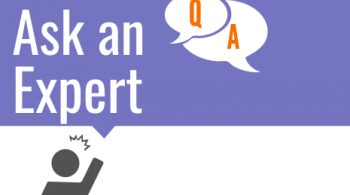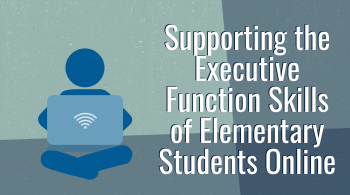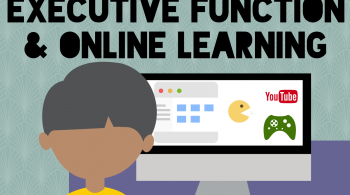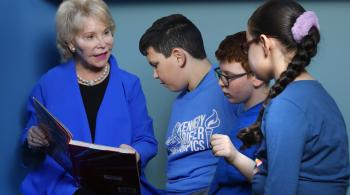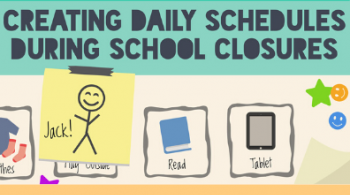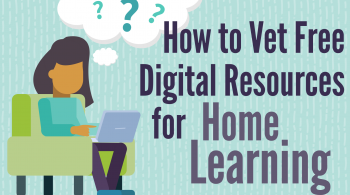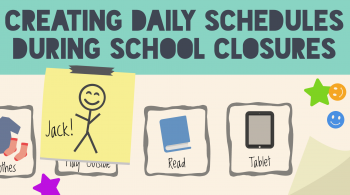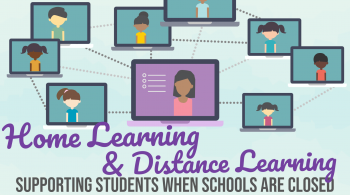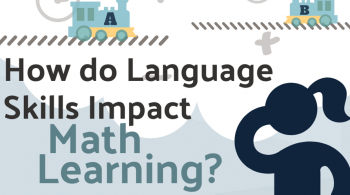By Lisa Carey
September 1, 2015

In an effort to update merchandise and appeal to customers at an upscale boutique, actors Fred Armisen and Carrie Brownstein of the sketch comedy show “Portlandia” proclaim that all you need to do is “Put a bird on it!”. While an amusing trope about the prevalence of bird motifs, this satiric look at marketing trends has an unfortunate application to the marketing of materials and information to educators. Lately, it appears that if you want to sell something, rather than a bird, you should try a brain (Sylvan, 2010). Neuroscience has the potential to positively influence education. Researchers are unraveling the mysteries behind how humans learn, socialize, and develop— just the kind of information educators would love to get their hands on! However, with everyone “putting a brain on it,” how can educators sort out the good information from the bad?
-
Know the Terminology
The term “brain” is used to connote many different things. Sometimes it’s used to merely indicate that a product or idea is based upon some research related to the brain, cognition, or general theories of learning (this is, after-all, where learning occurs so some marketers feel compelled to slap a brain on anything related to learning). Just as you might support student comprehension by “unpacking” difficult vocabulary terms, it is important to familiarize yourself with the terminology of the neuroscience field. Check out this great glossary from Annenberg Learner’s open online course Neuroscience & The Classroom: Making Connections.
-
Dispel Some Common "Neuromyths"
There are some very prevalent neuromyths out there. Movies such as Lucy, staring Morgan Freeman and Scarlet Johansen, have done an excellent job perpetuating the 10% of your brain myth, while misinterpretations of research, such as Dr. Howard Gardner’s theory of multiple intelligences, have caused misconceptions related to “learning styles.” Visit our post, Neuromyths and the Classroom, to learn more about what you might incorrectly believe about the brain.
-
Apply a Critical Eye to Brain-Based Information Sources
You teach your students to think critically and use credible sources of information for their research projects – make sure you apply the same wisdom to consuming brain-based information. You can also check out our ever-growing list of “Digital Neuroscience Resources for Teachers.” Learning about the brain can assist educators in maximizing the potential of their students, but beware! In a study of “neuromythology in education”, researchers determined that the No. 1 predictor of a belief in neuromyths among teachers was having some knowledge of the brain (Dekker et al., 2012); teachers in the study turned out to know just enough to make myths sound plausible. As you start to learn about the brain, it is important to take stock of what don’t know. No one expects educators to become neuroscientists, but that does not preclude teachers from understanding and appreciating research from the field.
One of the best ways for educators to gain sound knowledge of the ways neuroscience can apply to the classroom is through dialog between those studying the brain and those shaping it. The Center for Innovation and Leadership in Special Education hopes to facilitate this conversation through our training program and our blog. We look forward to hearing your questions and comments!
References:
Dekker, S., Lee, N. C., Howard-Jones, P. , & Jolles, J. (2012). Neuromyths in Education: Prevalence and predictors of misconceptions among teachers. Frontiers in Psychology, 3, 1-8.
Sylvan, L. J., & Christodoulou, J. A. (2010). Understanding the role of neuroscience in brain-based products: A guide for educators an consumers. Mind, Brain, and Education, 4(1), 1-7.




